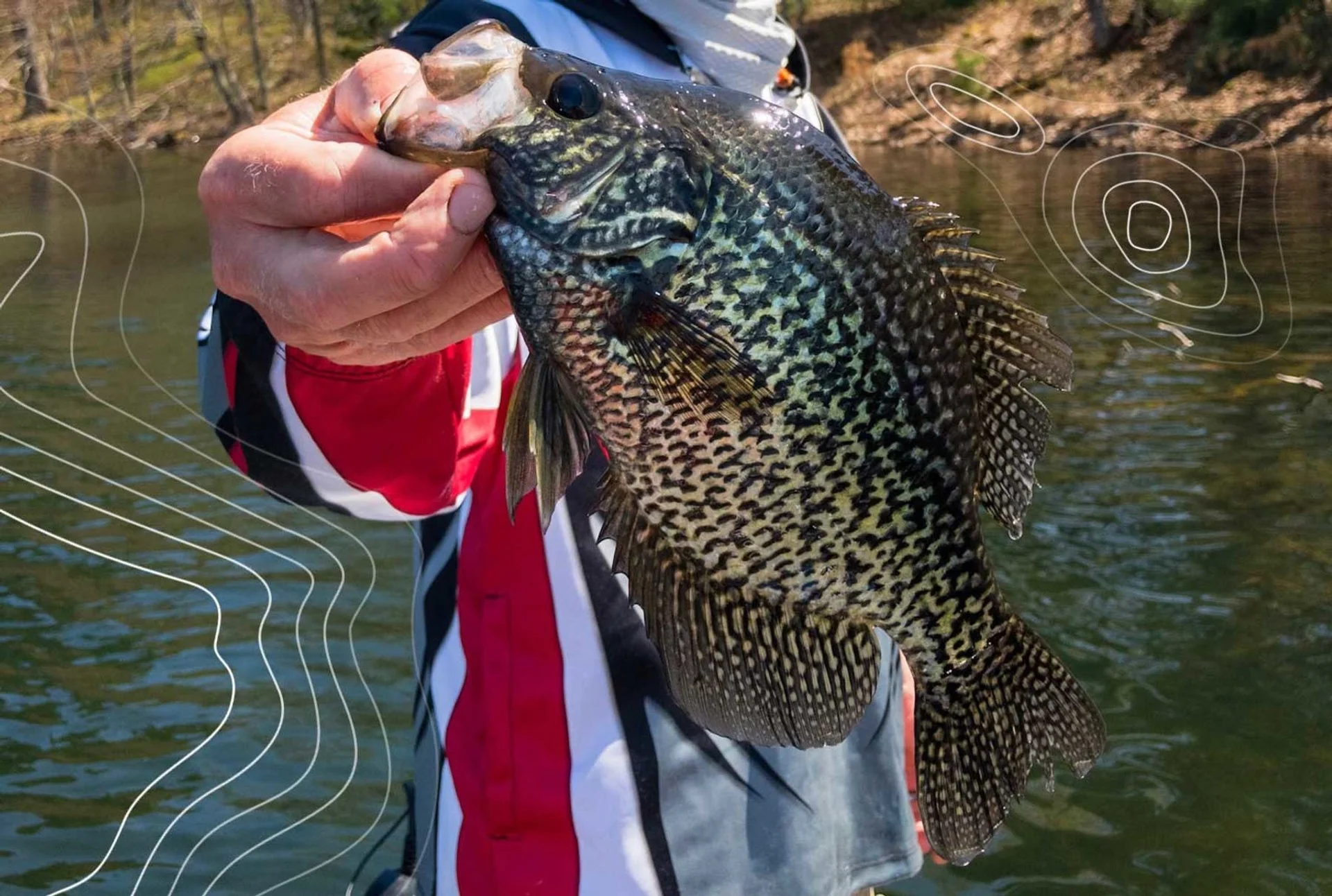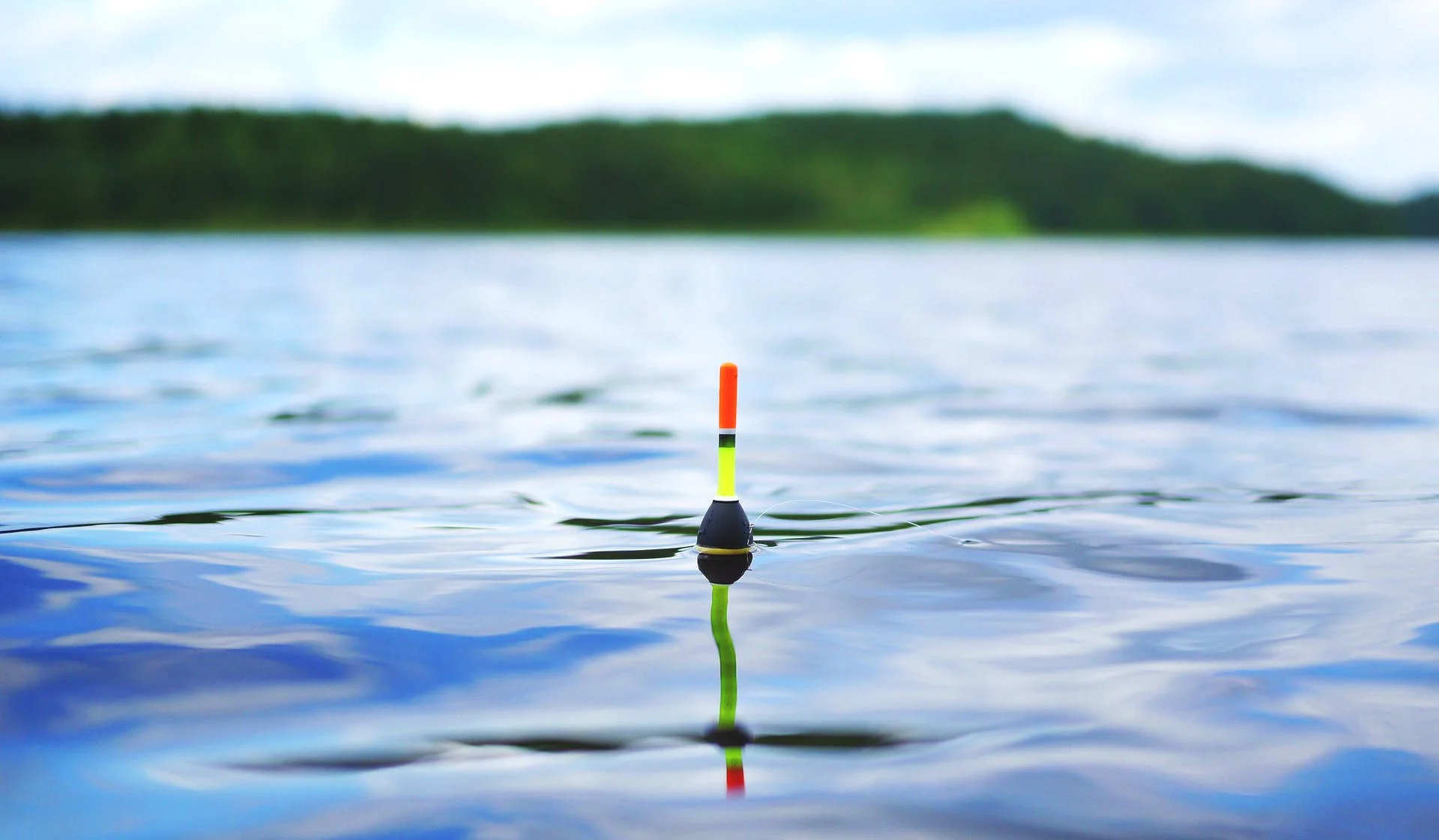Slip Float Crappie

Because crappie rarely “chase” baits like bass, you’ll often need to hold your offering in their face, or slightly above their upturned snouts.
Whether you’re fishing tiny shad or tube bodies on 1/32- to 1/16-ounce Mustad Ball Head Jigs or live minnows on Mustad Crappie Light 2X Fine hooks, float rigs offer an effective technique, but rigging options vary, based on the scenario.
For relatively shallow fish in about 3 feet or those sitting over brush piles that reach close to the surface, cinching a plunger style float with spring-controlled center stems to your line will suffice. Most anglers can cast these rigs for open-water presentations, but the challenge arises when targeting deeper fish and/or more specific targets. Even with longer rods, slinging a plunger float rig with 10-plus feet of line becomes untenable.
The answer is a slip float rig. Styles vary, but the basic setup finds an adjustable bobber stop affixed to the main line above the float controlling how much line feeds through the float. A bead added to the line before the float ensures the bobber stop does not pass through the float. This arrangement allows you to set your desired fishing depth without struggling with a bunch of dangling line on each cast.
Below the float, a small split ring or swivel links the main line to a dropper of 1-3 feet. The benefit here is preventing your float from crashing against the bait on every cast. Rather, the float slides down to a manageable level, so you’re casting a tight package of the float and dropper. When your rig hits the water, the weight of your bait pulls line through the float until the bead and bobber stop halt the descent.
In addition to casting ease, the slip float rig also facilitates fish capture. Once you reel a fixed float to your rod tip, that’s as far as you can go; but with a slip float, you can bring a fish up from significant depths and into the dip net with ease.
Slip float rigs prove particularly beneficial for targeting crappie amid vegetation, either grass growing close to the surface or lily pads. Here, you’ll often need to drop your rig into particular spots and the more line you have dangling below a float, the less precise your presentations will be. The slip float enables you to drop a compact rig into a hole and then let the bait descend in a more controlled manner. The same goes for laydowns, standing timber or any tight quarters where crappie may be holding.

If you’re short on tackle, try this simplified version of the slip float rig: Run your line through the hollow pegs of a small cigar shaped float and replace the bead and bobber stop with a rubber band tied around the main line with an overhand knot. With the smaller float, you don’t necessarily need the fixed dropper length below, but you can always add a second rubber band below the cork if you need to limit its downward range.
The key consideration here is that you can’t reel the rubber band through your guides and onto your spool, as you could with the smaller bobber stops. This limits the rubber band rig to shallower spots and shorter casts, but the principle of controlled descent remains advantageous.

